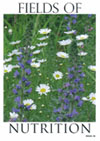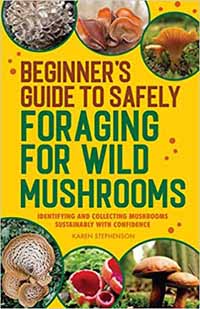






To support our efforts please browse our store (books with health benefits, etc.).
White Campion is native to Europe and widely introduced throughout North America. This plant interbreeds with Red Campion (Silene dioica) wherever they grow near one another. This plant emerges predominately in the spring, but can emerge in the fall. Silene, the genus name, is a reference to the Greek woodland god Silenus. The specific epithet latifolia means 'with wide leaves' and in the case of White Campion the leaves are generally wide in comparison with those of its close relative Red Campion.
Distinguishing Features
The flowers are very distinct with five petals and each petal is deeply notched. Creating an almost exaggerated heart shape. The bulbous, striped calyx is also a distinct feature.
Flowers
Flowers have five petals each deeply cleft into 2 broad lobes. Male and female flowers are on separate plants. Female flowers have five styles that elongate and curl out over the collar. Male flowers have ten pale yellow stamens that extend to or a little past the opening of the floral tube. The calyx behind the flower is hairy and bulbous. It is larger and more urn-shaped on female flowers, strongly veined and ridged. Flowers are odorous, open in the evening and close by noon, sometimes later on cloudy days.
 Fields
of Nutrition has medicinal benefits and vitamin/mineral content of White Campion.
Fields
of Nutrition has medicinal benefits and vitamin/mineral content of White Campion.
Leaves
The leaves are entire and oval with pointed tips; and near the base of the plant they have unwinged stalks. Leaves grow opposite; there are two leaves per node along the stem. White campion leaves are 3 to 10cm (1¼ to 4") long. Short petioles are on lower leaves becoming smaller and without petioles higher on the stem. Stems and leaves are hairy becoming glandular and sticky in the upper plant.
Height
This plant can grow to almost 1 metre (3') tall.
Habitat
It is commonly found in pastures, along roadsides, and in waste areas.
Edible Parts
Young shoots and leaves can be eaten raw or cooked though they may have a slight bitterness. Blanching the shoots before eating can help reduce the bitterness. Consume in very small quantities as this plant contains saponins. Pregnant and nursing women should not consume this plant!
Other Name
White Cockle.
Winter Survival Food Handbook

PDF Plant Magazines
Types of Wild Food
Geographic Zones Seasons
Disclaimer
EdibleWildFood.com is informational in nature. While we strive to be 100% accurate, it is solely up to the reader to ensure proper plant identification. Some wild plants are poisonous or can have serious adverse health effects.
We are not health professionals, medical doctors, nor are we nutritionists. It is up to the reader to verify nutritional information and health benefits with qualified professionals for all edible plants listed in this web site. Please click here for more information.
Why Edible Wild Food?
- Food costs are rising
- Free, wild food is readily abundant
- Wild food adds nutrition to your diet
- Wild food can help treat various medical conditions





